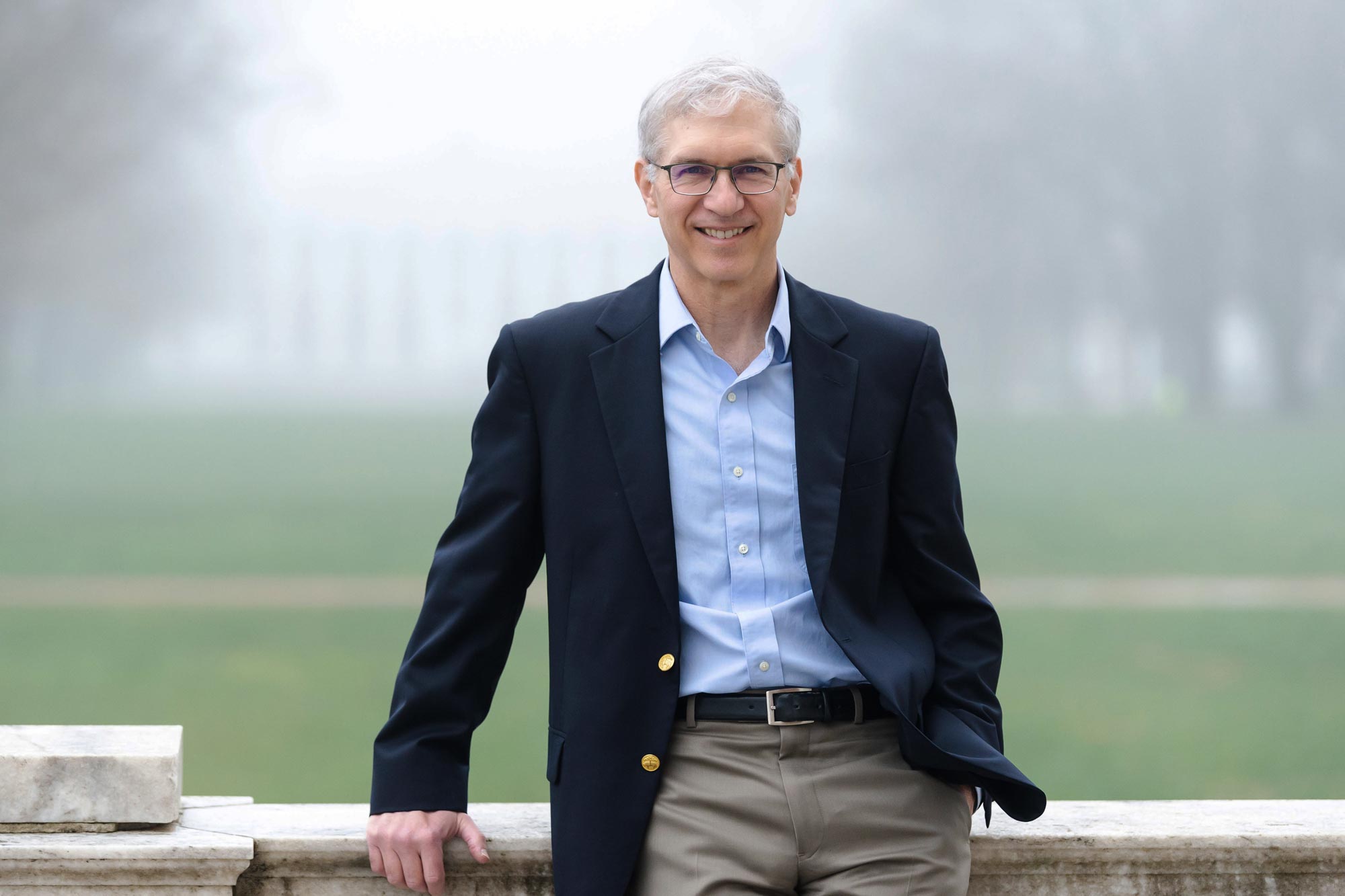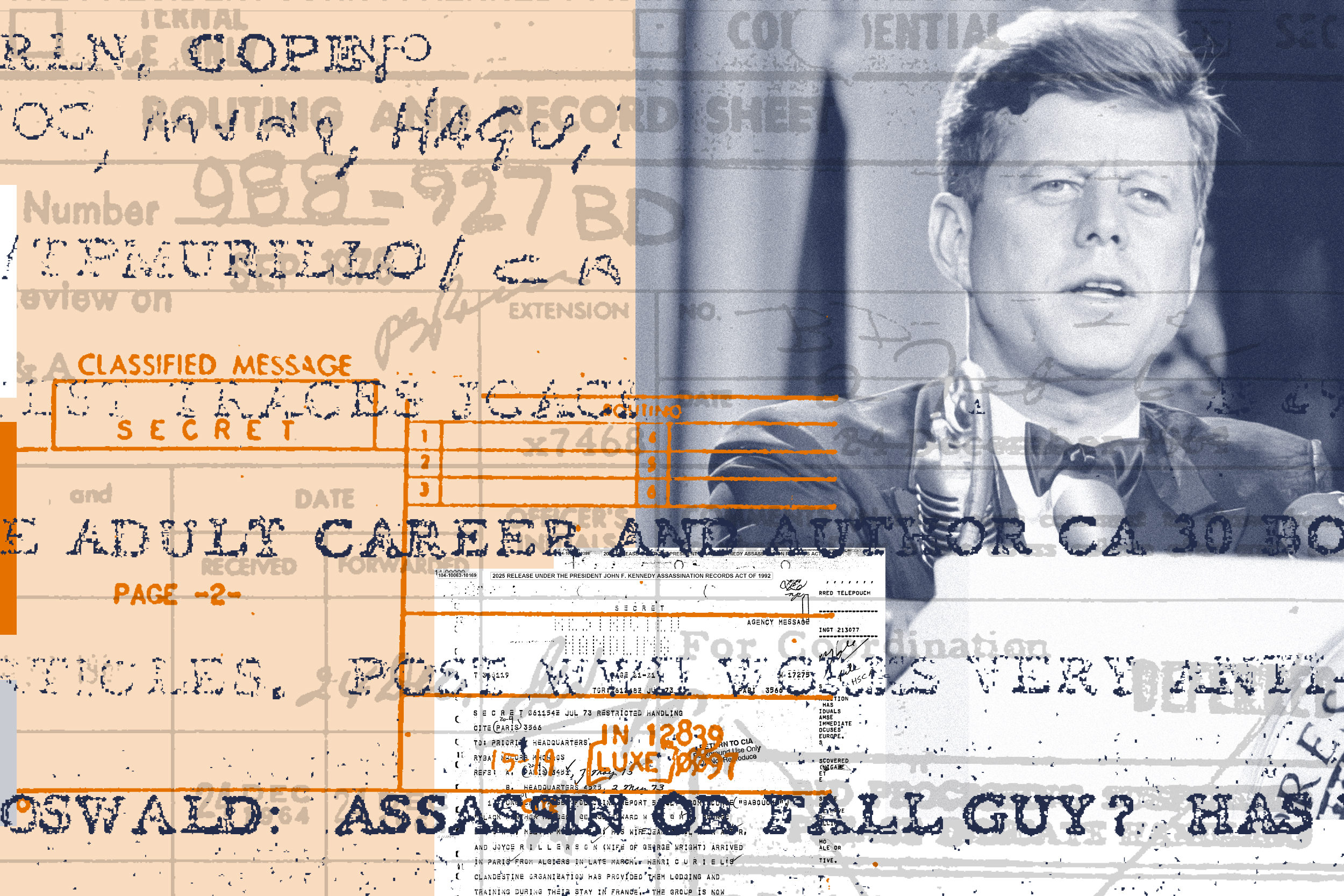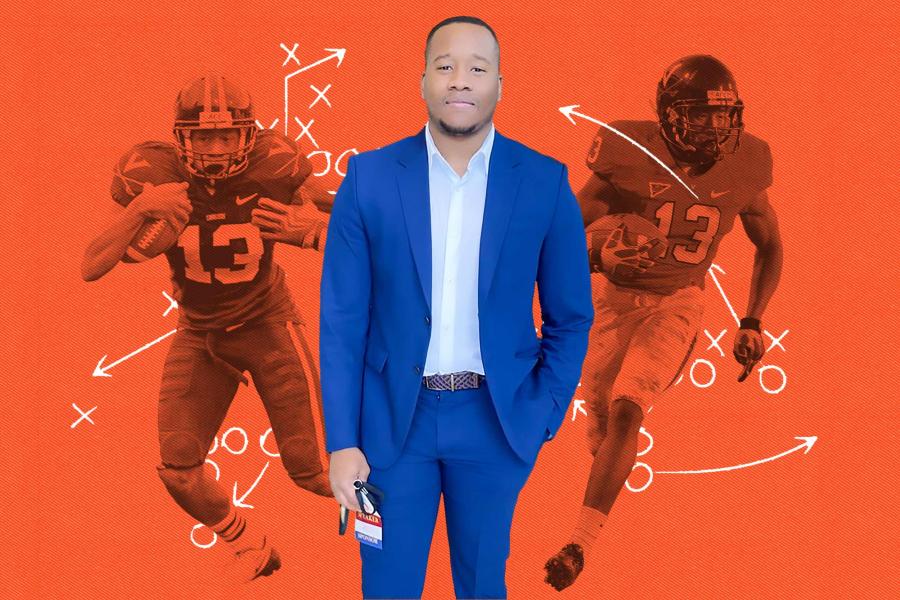Spoiler alert: It’s still Lee Harvey Oswald.
Suspicions have persisted that gunman Lee Harvey Oswald was either not acting alone or was a patsy in the Nov. 22, 1963, assassination of President John F. Kennedy in Dallas. Some people hoped that the federal government’s recent release of a trove of documents – approximately 80,000 pages related to the assassination – would back up those theories.
But Marc Selverstone, the Gerald L. Baliles Professor, director of presidential studies and co-chair of the Presidential Recordings Program at the University of Virginia’s Miller Center of Public Affairs, says that while the papers have points of interest, they don’t change the perspective of Oswald as the lone gunman.

Historian and presidential researcher Marc Selverstone says some of the details in the recently released Kennedy papers will fuel scholarship for years. (Contributed photo by Dominique Attaway)
“I didn’t see anything in these documents that would lead me to believe that Oswald wasn’t a lone gunman and that he had any help in the process of murdering Kennedy,” Selverstone said. “If you believe fervently in the notion that there was a conspiracy, my sense is you’re probably going to hold on to that.”
Though more than 50 years ago, Kennedy’s assassination still has a hold on the public.
“It’s been a whodunit for years and years,” Selverstone said, “going back to the 1960s, when there were questions about the Warren Commission report almost instantaneously. As we learned more about some of the flaws of that report, those begat even more questions.”
Selverstone did not see much in the new documents to shed light on Jack Ruby, the Dallas man who shot and killed Oswald two days after the assassination, while Oswald was in police custody.
“My sense is that Jack Ruby is just one of those accidents of history,” he said. “Jack Ruby had all kinds of problems himself. He was unstable, lionized Kennedy and he was so profoundly outraged at what had happened that he wanted to exact vengeance for himself.”
Selverstone said Ruby adds to the mystery surrounding the assassination, but said there was no evidence that he was part of a “hit” meant to silence Oswald from disclosing connections to a broader cabal that did in the president, as some conspiracy theorists believe.
While the recent document release doesn’t appear to change the assassination’s narrative, it does provide some interesting insights. The documents reveal startling details of intelligence operations aimed at allies and adversaries, as well as contacts with the Vatican.










